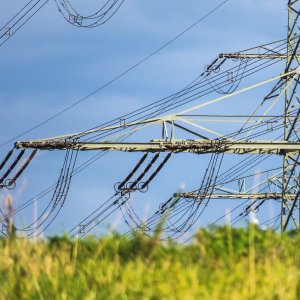
Behind the Increase in Transmission and Distribution Costs
 By Cas Biekmann | Journalist and Industry Analyst -
Tue, 07/28/2020 - 09:18
By Cas Biekmann | Journalist and Industry Analyst -
Tue, 07/28/2020 - 09:18
One of the recent uproars in Mexico’s energy sector was CFE’s decision to hike transmission and distribution fees for renewable energy projects on so-called legacy contracts, which are used for self-supply. This means that the projects were issued by CFE before the Energy Reform took place. After the initial reports and lawsuits, it makes sense to once again check up on the issue.
María José Treviño, Country Manager at Acclaim Energy Services, highlights the issue in her Expert Opinion piece for Mexico Business News. After examining the origins of the issue, Treviño offers advice to affected companies. Back when legacy contracts were established, CFE still operated under pre-Energy Reform regulation. Renewable energies were not as developed as they are now and private energy initiatives needed to be incentivized somehow to be considered attractive. One of the major perks related to self-supply was a significant reduction in transmission costs. “This benefit made the self-supply option extremely competitive against the CFE Basic Supply tariff. In this scheme, consumers receive a large portion of their electricity supply from the private generator and a smaller percentage still from CFE Basic Supply. Any energy not available from the generator is supplied by CFE and back up by CFE Basic Supply prices,” Treviño writes.
Today, private energy generation in general and renewable energy in particular have become much more competitive. So much that CFE now deems legacy contracts an unfair market practice. This is mainly the case because CFE is still responsible to provide a backup to renewable energy’s intermittent nature. The costs for distribution and transmission are much lower than what is charged under CFE’s basic supply scheme or in the electricity market.
Unfair advantage or not, private generators under these contracts sought protection from Mexico’s judiciary arm, reported El Financiero. Private companies argued that contracts are contracts, in the case of some self-supply agreements with many more years to spare. Whether an increase in transmission costs is warranted considering changes in the energy sector, a hike of 800 percent in transmission costs could easily make certain projects unviable economically. The projects were constructed with the previous costs taken into account, after all.
Not all private companies are equally bothered by the spike. Ignacio Galán, President and CEO of Iberdrola, predicts merely a small impact to the company, as he tells El Financiero: “I always said that energy policies are decided by governments. There is no question about that. Since we are in [Mexico], we have to follow the government's decisions. Until now, the only confirmed measure impacting Iberdrola has been the increase in the cost of transmission of renewable energy, which in our case has a small impact on our financial results,” he said.
If companies do consider themselves affected, which normally impacts directly to the final consumer, Treviño suggests that there are different approaches to mitigate negative effects. There is of course the path the well-published amparos, which in this case have not been as prominent in their direct impact as with CENACE and SENER’s measures. But other options, such contract audits, are viable as well. Read María José Treviño’s Expert Opinion here.
















